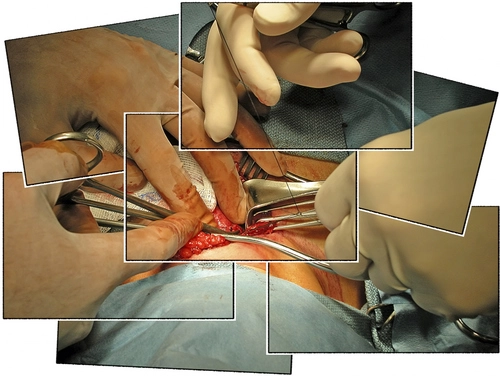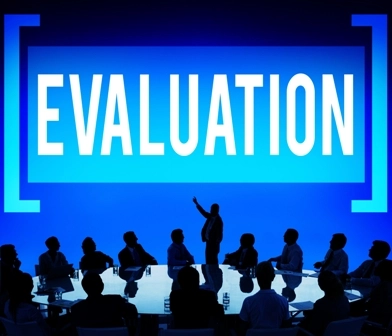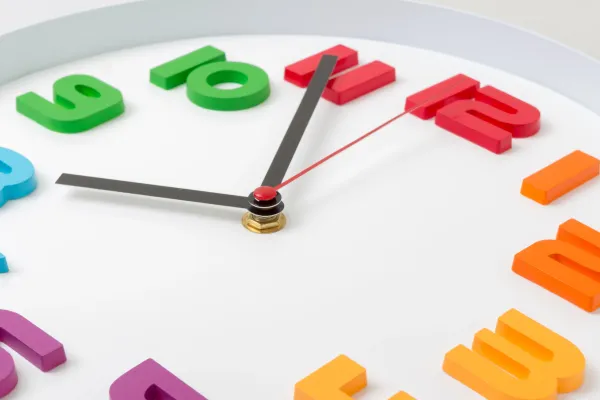Otolaryngology Coding Alert
Reader Questions:
Don’t Stop at 1 Code for ENG
Published on Thu Jul 14, 2022

You’ve reached your limit of free articles. Already a subscriber? Log in.
Not a subscriber? Subscribe today to continue reading this article. Plus, you’ll get:
- Simple explanations of current healthcare regulations and payer programs
- Real-world reporting scenarios solved by our expert coders
- Industry news, such as MAC and RAC activities, the OIG Work Plan, and CERT reports
- Instant access to every article ever published in Revenue Cycle Insider
- 6 annual AAPC-approved CEUs
- The latest updates for CPT®, ICD-10-CM, HCPCS Level II, NCCI edits, modifiers, compliance, technology, practice management, and more
Related Articles
Other Articles in this issue of
Otolaryngology Coding Alert
- 5 FAQs Help You Perfectly Code Every Ethmoidectomy
Hint: Ethmoidectomy may occur without an endoscope — but it’s rare. If you come across [...] - ICD-10-CM Coding:
Can You Code Neoplasms of the Ear, Nose, and Throat?
These 2 examples help lead the way. Coding neoplasms of the ear, nose, and throat [...] - Surgical Coding:
4 Tips Help You Understand the Global Surgical Package Rules
Remember that modifier 54 must always accompany modifier 55. Although a surgical procedure typically only [...] - You Be the Coder:
Avoid H0033 for Tylenol Administration
Question: When one of our providers administers oral pain medication such as acetaminophen, aspirin, or ibuprofen [...] - Reader Questions:
Remember Modifier JW for Botox Injections
Question: Encounter notes indicate that the otolaryngologist performed a direct laryngoscopy to inject onabotulinumtoxinA (Botox) into [...] - Reader Questions:
Don’t Stop at 1 Code for ENG
Question: Encounter notes indicate that the otolaryngologist performed an electronystagmography (ENG) for a patient experiencing visual [...] - Reader Questions:
Differentiate 17106 vs. 69145 for Ear Lesion Cauterization
Question: A patient presented with a left ear canal 0.5 cm vascular lesion. After debridement of [...]
View All




